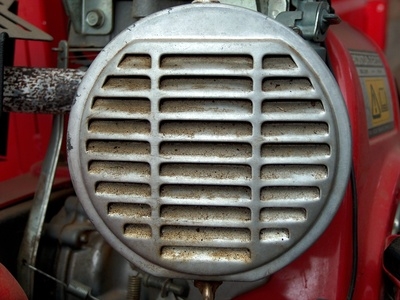
Hydrolocking occurs when water -- or any fluid -- is ingested by an engine. Since fluids do not compress in the same way that air does, the piston, rod assembly, rings and block in an engine will be severely damaged when the motor attempts to compress the fluid, and may likely require replacement. There are a few steps a motorist can take to minimize this risk when running a cold air intake, which increases the risk of hydrolock.
Examine the space between the cold air intake filter and the ground below the automobile. In order to hydrolock, the engine must ingest a significant amount of water via the air filter. By blocking off the filter from below, the chance of hydrolock is reduced. Ensure that the filter is not fully exposed from below by making certain the factory splash shield is intact if you car came equipped with one, or by placing a plastic sheet between the filter and the ground to deflect water to create your own splash shield.
Install a mesh filter cover, or a bypass valve onto your cold air intake. Reputable companies like AEM make bypass valves which protect the engine by providing a sponge-like diffuser to absorb or express water in the intake tract.
Convert the cold air intake into a short ram intake. Many cold air intakes are constructed with 2-piece tubing, allowing the user to choose between cold and short intake setups. A short ram intake is one where the filter stays in the engine bay, rather than hanging down low. This will eliminate the chance of hydrolock in typical driving situations since the filter now sits high off the ground.